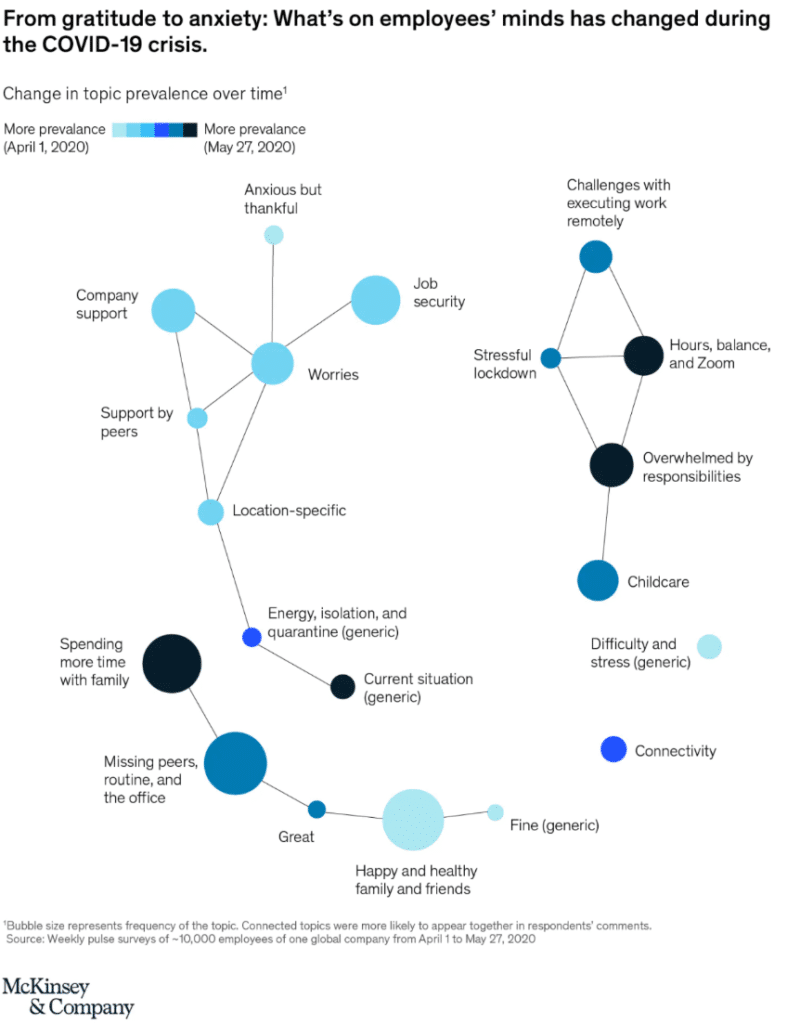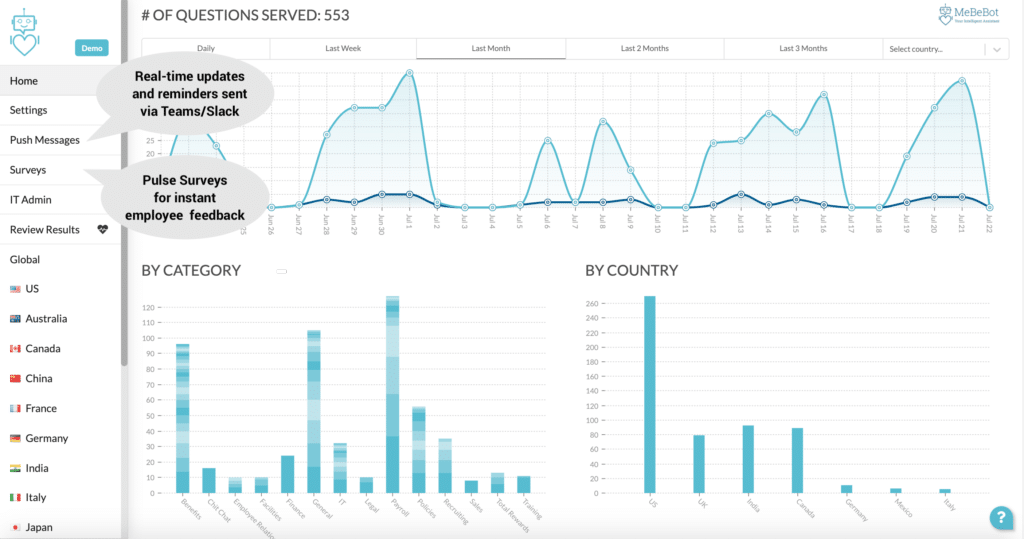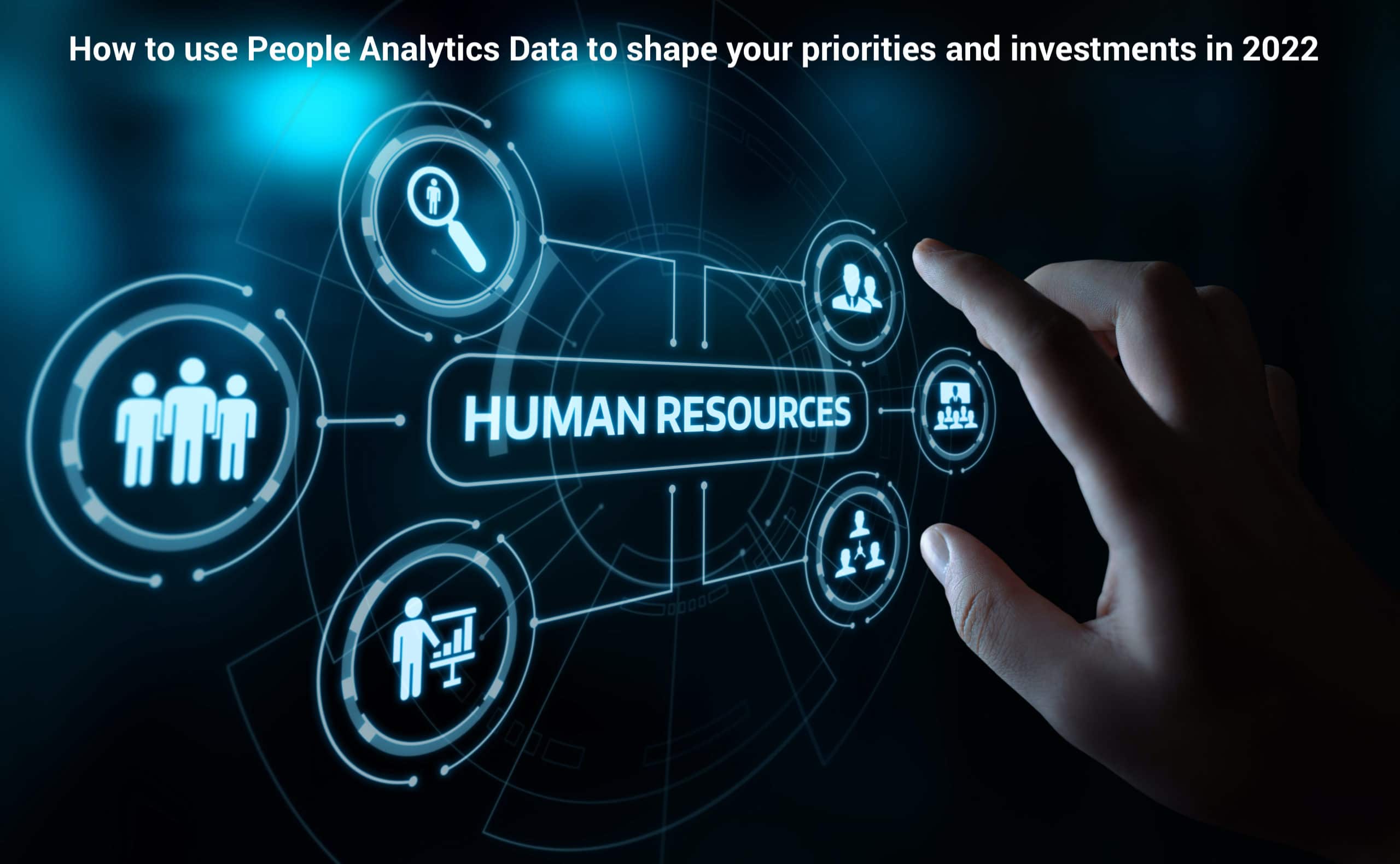It’s all about the data. And, we now live in a data driven world. Data generated by the people and systems within your organization needs to be the foundation for getting your employee experience strategy right. Organizations that have managed to leverage data to extract information and insights are finding success and reaping the rewards, in improved talent acquisition and retention that positively impacts the overall company financials.
It’s no wonder that the people operations roles are the fastest-growing roles in HR. While many large organizations have people operations teams, they are still forming in many mid-sized and smaller organizations. Even in large companies, people operations teams are in the early stages of building their people analytics capabilities. Most of the tracked data is transactional (or a snapshot) of headcount by region or the distribution of the latest performance evaluation ratings, often called “autopsy data” or after the fact, with little ability to change the outcome.
At their full potential, people operations teams can provide businesses the predictive analytics to help HR hire more skilled workers, assure diversity, predict new trends in employee preferences, and improve employee communications and experiences, performance management, and company performance, to affect positive change the future outcomes.
So how do companies build outstanding people operations? How can organizations gather real time people data and analytics to inform HR priorities and investments for 2022?
According to McKinsey and Company, it helps to think about the development of people operations as a stairway with five steps. It is an interactive process. For every two steps that a people operations team moves forward, they may take one step back. Learning. Reiterating. Then moving forward.
McKinsey’s thinking suggests that organizations must develop a mindset that data is at the foundation of analytics. Decisions should be based on analytics. Analytics, in turn, informs and enhances human judgment contributing to more accurate predictions of outcomes and better decisions.
McKinsey has published a Five-Step Stairway to Impact for people operations (below). The five steps begin with Poor Data and no predictions based on data. Then followed by Good Data, Strong Data, Advanced Analytics and Reliable Predictions.

As companies move from Good Data to Strong Data, McKinsey notes that data is more available to inform human decisions. The organizations move from transaction data reporting to using technology to disseminate data to internal clients. When organizations move into Advanced Analytics, they are using sophisticated statistical tools such as SPSS and Python. At the Reliable Data level, the organization has “big data” and has developed deep expertise in predictive analytics.
Many organizations are at the early Good Data and Strong Data stage. How can they use their resources to predict HR and management priorities and investments in 2022 even when they have not attained the Reliable Predictions competence in stage 5? There is plenty that can be done.
Using intelligent assistants as Apps within their collaboration solutions (such as Teams and Slack), they can survey employees on essential issues that impact the company’s future investments. One of the most urgent issues now is when to return employees safely to the workplaces/worksites, yet recently slowed due to the recent surge in the COVID19 Delta variant. Many organizations have delayed employees from returning to workplaces from the target timeframe of early September to October or November 2021. These types of executive decisions can be informed by pulse surveys, delivered to employees through MeBeBot’s Intelligent Assistant app (in the flow of work), to ensure greater participation and more accurate results. The results are that the decisions are more widely embraced by employees, who have had a voice in the outcome.
Another important issue is the opinions of employees on how many days a week to work in the office. Is five days, or four or three days a week in a mature hybrid working model? Many employees have enjoyed the flexibility of working remotely, are more productive, and want to avoid the daily commutes. While some may want to get reacquainted with co-workers one or two days a week, with others, flexibility is an important, game-changing priority. Companies are finding some employees are resigning rather than return to the office full time.
There are many good reasons to have employees in the office one to three days a week, such as maintaining alignment with the company’s strategies, goals and culture, and for learning.
Pulse surveys operated by people operations teams with the capability to view the data across the company’s departments and by different categories of workers can be extraordinarily insightful.

McKinsey reports how one firm established pulse surveys to track the changes with what is on employees’ mind during the early stages of COVID19 in 2020. As shown by its chart above, employees’ thoughts about the level of company support for employees, and their safety, and job security worries in April changed to concerns about being overwhelmed and wanting more work-life balance in May. This is vital analytics in shaping team leader coaching with employees.
Another way people operations groups can inform their business leaders of employees’ needs is by analyzing the usage results of queries to chatbots. MeBeBot’s Intelligent Assistant is widely used by employees across the globe, to get instant, automated answers to their HR, IT and Operations questions, from “when will I receive my first paycheck” to “when are we returning to our offices.” With a dashboard that generates usage data into the kinds of questions employees are asking, from which location, and their satisfaction of the answers. This provides the HR, IT and Operations team members with real-time insights to employees’ needs/concerns and provides a way to respond and act immediately. Answers to questions can be updated/changed in minutes, by any business user, using MeBeBot’s Customer Admin Portal and push messages can be sent via MeBeBot to ensure employees have up to the minute information and reminders.

People operations and their people analytic groups are here to stay in HR. As they mature, they will provide reliable and predictive recommendations to inform executive decisions on attracting, leading, developing, and inspiring their workforces.
Excellent People operations teams are dependent, however, on the latest digital technology to gather information on the hopes, worries changing expectations and performance of the workforce. Intelligent assistants, especially those that can gather employee feedback and track changing employee questions can help management detect emerging trends and better shape its communications to the workforce. MeBeBot’s Intelligent Assistant provides the technology solution to automatically answer your employees’ HR, IT, and operations inquiries with astonishing accuracy.
As needed by people operations teams, MeBeBot’s dashboard displays granular detail of various employee questions asked that can be a harbinger of new issues in your workforce. In addition, our Intelligent Assistant answers hundreds of questions daily from thousands of employees around the world, enabling us to partner with you on emerging and global workforce trends, share with you how others are addressing these concerns, from return-to-workplace guidelines, onboarding remote/hybrid employees, or even M&A activities.
MeBeBot installs in under 30 minutes as an app in Teams, Zoom, Slack, and as web chat app too! Our solution answers employee questions with a 90 percent accuracy rate and a knowledge base of 250+ FAQs to support global employees. Our customers earn a $250k to $1M return on investment within a year. Most importantly for maturing people operations teams, they receive real-time data and actionable data and insights into the most valuable part of any business…it’s employees.
Contact MeBeBot to see how we can quickly and economically improve the success of your People Operations Team today!

